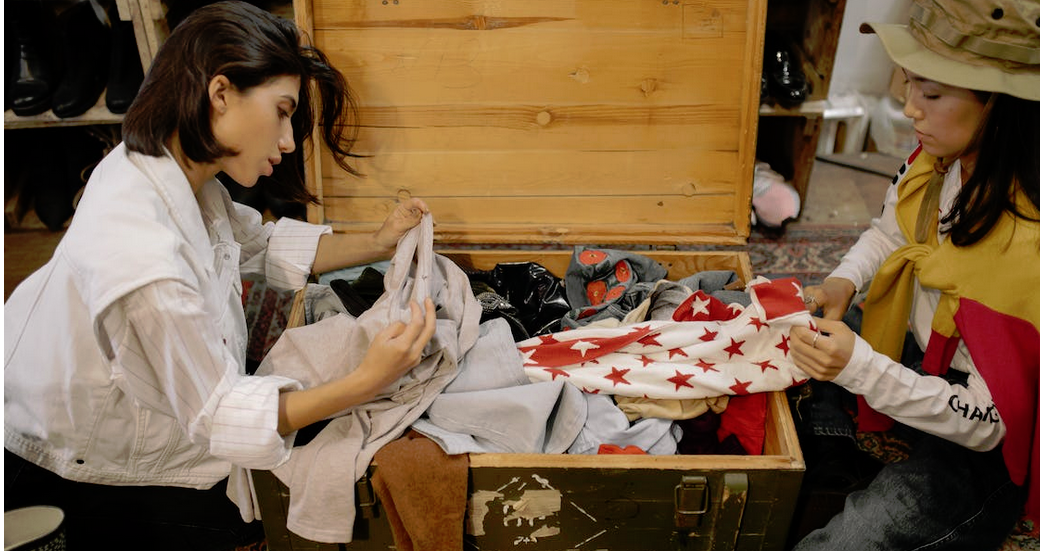Are you tired of fast fashion and its negative impact on the environment? Do you want to switch to ethical and sustainable fashion, but are worried about breaking the bank? The good news is that embracing a more conscious wardrobe is possible without sacrificing your style or budget. This blog post’ll share practical tips for transitioning to ethical and sustainable fashion while staying within your means. For more information on this topic, review this interesting guide to help make earth-friendly changes without impacting your lifestyle.
Shop Secondhand and Thrifted Clothing
 One of the easiest ways to switch towards ethical and sustainable fashion is by shopping for secondhand and thrift clothing. Not only does this help reduce the environmental impact of new clothing production, but it also allows you to score unique and affordable pieces.
One of the easiest ways to switch towards ethical and sustainable fashion is by shopping for secondhand and thrift clothing. Not only does this help reduce the environmental impact of new clothing production, but it also allows you to score unique and affordable pieces.
When it comes to thrifting, patience is key. You might not always find something that catches your eye on your first visit, but keep checking back regularly as inventory tends to rotate frequently. Additionally, try exploring different thrift stores in other neighborhoods or cities – each location can offer its own treasures.
Embrace Minimalism and Capsule Wardrobes
One of the biggest challenges when transitioning to ethical and sustainable fashion is resisting the temptation of fast fashion. Instead, consider adopting a minimalist approach to your wardrobe. A capsule wardrobe consists of a limited number of high-quality pieces that can be mixed and matched differently. Not only does this save you money, but it also reduces waste by encouraging mindful consumption.
Start with versatile basics like neutral tops and bottoms when building your capsule wardrobe. Add a few statement pieces for variety, but ensure they still coordinate with the rest of your clothing items. Don’t forget about accessories either – they can completely transform an outfit!
Invest In Quality Pieces
 Investing in quality pieces is a key component of building a sustainable wardrobe. While it may seem expensive upfront, the long-term benefits outweigh the initial cost. Quality pieces have better materials and construction, which will last longer than cheaper alternatives.
Investing in quality pieces is a key component of building a sustainable wardrobe. While it may seem expensive upfront, the long-term benefits outweigh the initial cost. Quality pieces have better materials and construction, which will last longer than cheaper alternatives.
Look for natural cotton, wool, or silk fibers when shopping for quality pieces. These materials are more durable and environmentally friendly than synthetic fabrics like polyester or nylon. Additionally, invest in well-made clothing that has reinforced seams and strong buttons.
Switching to ethical and sustainable fashion does not have to be expensive or difficult. By shopping secondhand and thrifted clothing, investing in quality pieces, and embracing minimalism and capsule wardrobes, you can build a kinder wardrobe to the planet and its inhabitants without breaking the bank.

